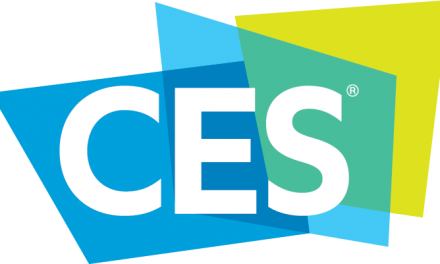2024 Apple iPad Pro Estimated to Ship Between 4.5 to 5 Million Units, Says TrendForce
Apple’s recent product launch in May introduced a lineup of new tablets featuring advanced AMOLED screens. Notably, the Pro version boasts a dual-layer tandem structure designed to address the longstanding challenges of screen burn-in and lifespan that are common with AMOLED displays. The absence of a backlight module has facilitated the thinnest tables to date, Says TrendForce.
However, these advancements come with a price increase; the next-generation iPad Pro will be priced $200 higher than its predecessor. Furthermore, the introduction of a 13-inch iPad Air could potentially dilute consumer interest, affecting demand for other models. As a result, TrendForce estimates the combined shipment of the 11-inch and 13-inch AMOLED iPad Pro models will only reach between 4.5 to 5 million units in 2024.
Despite lower shipment volumes for the AMOLED iPad Pro compared to previous iterations, the adoption of AMOLED panels signifies a major milestone in the development of medium-sized panels. The total shipment of AMOLED tablets is projected to hit around 9 million units in 2024, accounting for about 7% of the tablet market.
AMOLED’s Key Role in IT Production Expansion
AMOLED screens have long been celebrated for their high contrast and vivid colors. Yet, performance and lifespan issues, especially with larger IT product sizes, have raised concerns about increased power consumption. To address these challenges, efforts have been made to enhance AMOLED’s performance and durability: Firstly, the development of new materials, particularly blue light-emitting materials. Traditionally, blue light-emitting has been limited by low efficiency and stability, which has restricted further advancements in AMOLED applications. With new material developments and the upcoming commercialization of blue phosphorescent materials, there is a significant potential for enhancing overall performance.
Secondly, the integration of low-temperature polycrystalline oxide (LTPO) technology into TFT displays has effectively controlled leakage currents and met dynamic refresh rate demands, achieving a power consumption reduction of 15–20%. Additionally, employing tandem technology, which layers multiple light-emitting elements, halves the required current density for achieving the same brightness compared to single-layer devices, thereby at least doubling their lifespan.
Thirdly, to reduce costs and increase AMOLED market penetration, panel manufacturers are planning higher-generation production lines for more economical scale-ups. As capacities start rolling out post-2026 with improved yields, further expansion into IT applications is expected.
Tandem Technology’s Expanding Role in Application Penetration
TrendForce notes that tandem technology offers a vital interim solution to enhance performance and longevity until material efficiency breakthroughs are achieved. In addition to RGB AMOLED’s tandem configuration, WOLED achieves white light by vertically stacking blue, yellow, and green AMOLED light sources. Similarly, QD OLED technology layers a blue AMOLED beneath quantum dot materials that emit red and green light, substantially boosting photoelectric conversion efficiency and brightness.
These enhancements make tandem technology suitable for a wider range of applications beyond just smartphones and television displays. It’s also being applied in head-mounted displays and automotive smart screens, providing consumers with a superior and more varied viewing experience. However, the manufacturing process for tandem AMOLED is complex, requiring precise control over the layering of different materials to maintain uniform optical and luminous properties. As production scales up to the G8.7 generation, optimizing costs and improving yields will pose significant challenges.
Large-Generation Capacity Layout for Future Market Penetration
Leaders in large-generation AMOLED panel line layout, such as Samsung and BOE, are planning to use thinner glass substrates combined with thin-film encapsulation to lighten the weight. Evaporation equipment from Tokki and Sunic is expected to help achieve a substantial production scale by 2026–2027 to meet brand demands for AMOLED displays in tablets and laptops. Supply chain partners like DNP and Poongwon Precision are also moving towards mass production of large-generation FMM.
Moreover, developments like Visionox’s mass production plans for ViP photolithography pixels and CSOT’s progress on improving yields on the G5.5 IJP-OLED line are noteworthy trends within the non-FMM camp. TrendForce believes that the next few years will be critical in enhancing the penetration rate of AMOLED products in the IT sector, with ongoing technological advancements propelling AMOLED displays towards more sophisticated, higher-value product directions.
For more information on reports and market data from TrendForce’s Department of Display Research, please click here, or email the Sales Department at DR_MI@trendforce.com
For additional insights from TrendForce analysts on the latest tech industry news, trends, and forecasts, please visit https://www.trendforce.com/news/











